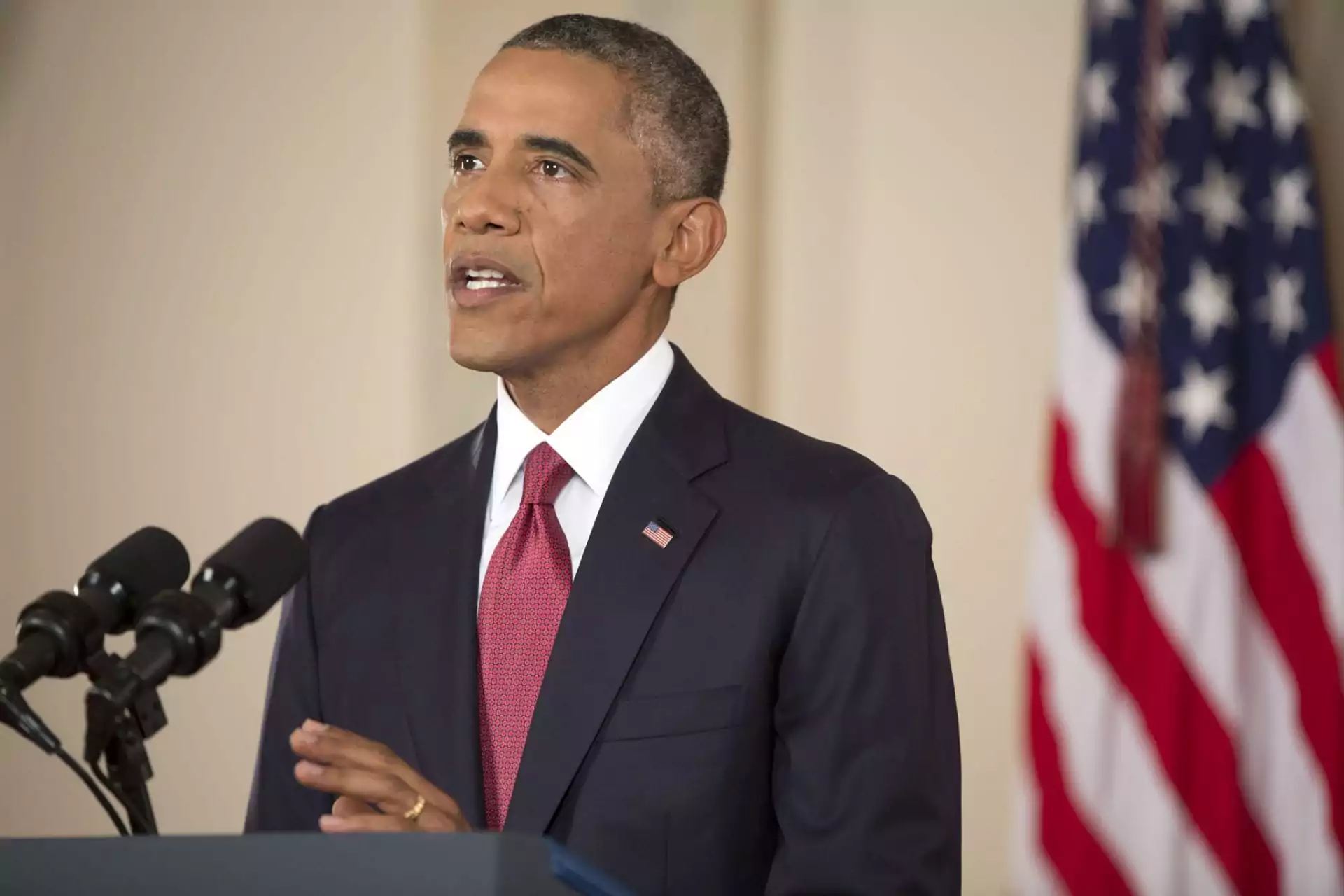How to Structure Your PowerPoint Presentation
Every book, film, TV show and theatre production is built around a thoroughly thought-out structure. Your PowerPoint presentation should be no different.
Before you start imagining which power outfit is going to impress your audience most, you need to plan your PowerPoint structure. Here’s how to make sure that structure makes sense, impresses the masses and keeps you on the right track.
Know your audience
Who’s going to be in the crowd? What do they want? What do you want them to remember most clearly from the presentation?
Researching your audience is a key step to understanding the best shape for your presentation story. It’ll also dictate the tone it’d be best for you to use, and ensures your messaging speaks directly to the core values of their organisation.
Define the presentation’s point
What’s the purpose of this presentation? Are you trying to make a sale? Bag a new whale of a client? Promote your new product? Explain your company’s progress to internal stakeholders? Get everybody jazzed about the next big step in your marketing plan?
Defining your intentions will make the presentation structure easy to nail down. Any info that strays from the goal should be nixed at this point, giving you a presentation structure that’s pared back and properly jazzed up.
Smashing the ice
The beginning of your PowerPoint presentation is, obviously, hugely important. Simply standing up and introducing yourself might seem like the most effective way of starting, but it’ll hardly grab the audience’s interest.

One famous public speaker who always nails his speech openers is Barack Obama. Even in serious surroundings, under the glaring spotlight of the whole world’s media, Obama often begins with a joke; one that immediately demands attention and warms the audience to him. It’s a solid power move, as well as a clever presentation structure technique. It points out that, even in a high-pressure, super-demanding scenario, he remains playful and witty.
You might not fancy starting with a pun, but an interesting statement can work too. Something that produces an emotional reaction in your audience will work to get the ball rolling.
The feels
Obviously, the information you’re there to communicate is very important to your PowerPoint presentation, but the way you make your audience feel should be of equal importance. Appealing to emotion is an effective way of capturing attention during a presentation, builds trust and should definitely be considered when planning your presentation structure.
One way you can ensure emotion is to create a story your audience to follow and be invested in; a journey with a beginning, middle and end (more on that here!). Begin by presenting a problem the audience can relate to and show them how, with your or your company’s help, they can overcome it. Make them the hero of the tale.
Rule of three
To make your information easier for people to recall later, use the Rule of Three.
Humans have difficulty retaining multiple pieces of data in the short-term. Bombard your audience with too much information and their brains will simply stop paying attention. One little cheat to make information easier to retain is to structure your presentation into threes, wherever possible.

Steve Jobs used this technique when first introducing the iPhone 2007. He distilled the phone’s functions into three (iPod, phone, internet device) and then based the whole keynote speech around those topics.
Consider how your presentation can be organised into thirds and how the data you include on your slides can also be arranged that way.
20/20
No, this isn’t to do with how good your vision needs to be to create awesome presentations, but rather an important rule to remember. 20/20 means you should:
- Keep your presentation under 20 minutes in length
- And practice it aloud at least 20 times before presenting
Finally, plan the afterparty properly
What is it you want your audience to think, feel and do in the aftermath of your presentation? Include an engaging CTA to really make your presentation structure work for you.
Got all that? Good. Now go forth and fix your presentation structure. If you need help tying together all your great ideas into a professional and slick slide deck, why not talk to us?
We live and breathe PowerPoint, and have mastered what it takes to create powerful and effective presentations. All that experience is at your fingertips, nothing more than a click away.
Recommended Reading
Don't struggle with your presentations, let us
help you with your next project.





Comments